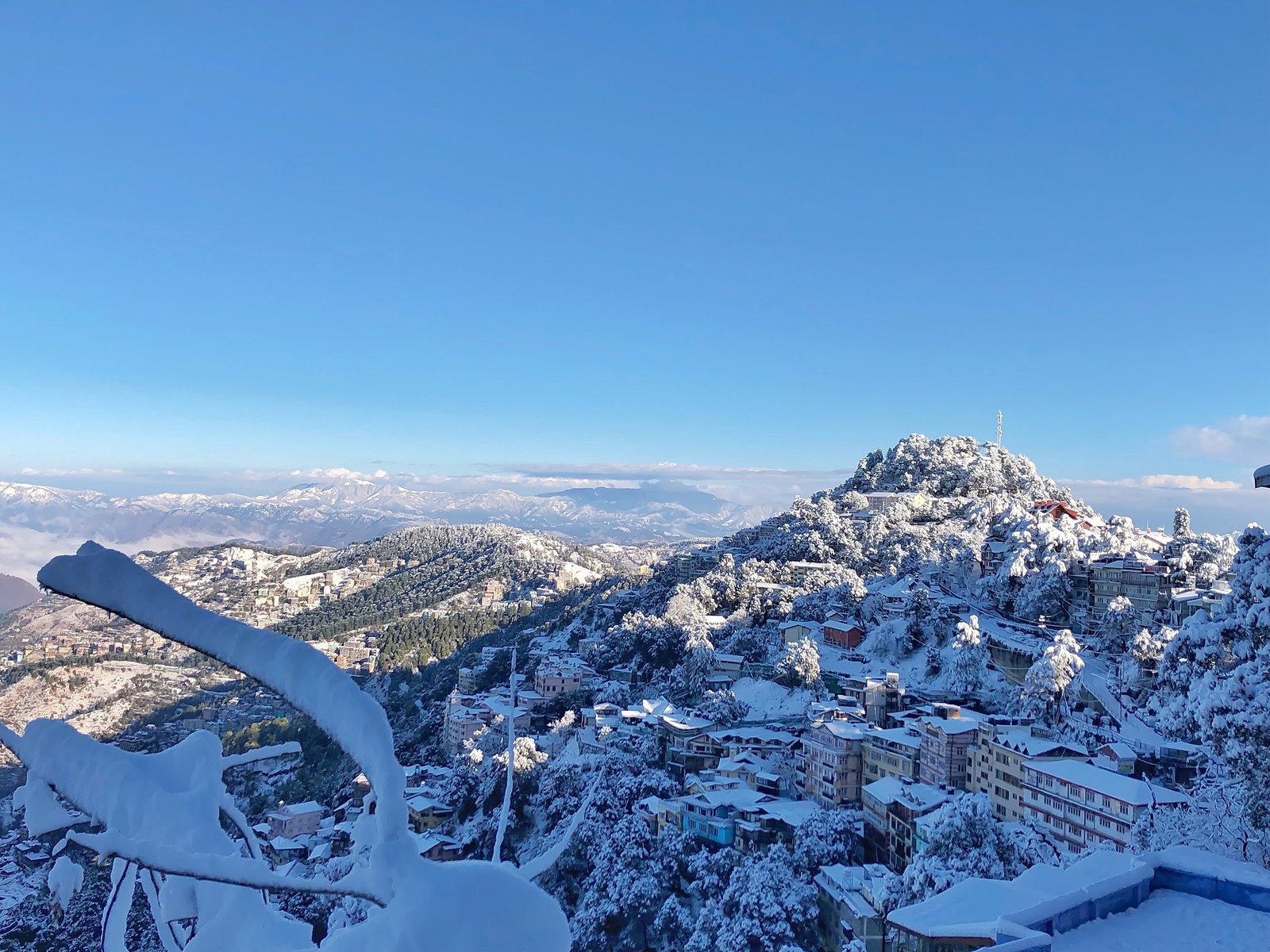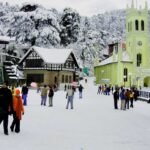Shimla, the capital of Himachal Pradesh, is not just a popular hill station known for its scenic beauty, but also a place steeped in rich colonial history. Once the summer capital of British India, Shimla has preserved much of its colonial charm, making it a perfect destination for those interested in history, architecture, and culture. In this blog, we’ll take you through some of the key historical landmarks, colonial buildings, and cultural experiences that reflect Shimla’s fascinating past.
1. The Viceregal Lodge (Rashtrapati Niwas)
A visit to Shimla is incomplete without exploring the Viceregal Lodge, which stands as a symbol of British rule in India. Built in 1888, this grand building was the summer residence of the British Viceroy and the center of political decision-making. The impressive Tudor-style architecture with its large verandas and manicured gardens is a must-see for history enthusiasts. The lodge also played an important role in Indian history as it hosted key meetings during the Indian independence struggle, including the Shimla Conference in 1945. Today, it serves as a museum, showcasing photographs, documents, and artifacts from the British era.
2. Christ Church Shimla
One of the most iconic colonial buildings in Shimla is Christ Church, located on The Ridge. Built-in 1857, it is the second oldest church in North India. The church’s stunning neo-gothic architecture, stained glass windows, and tranquil atmosphere make it a favorite spot for both history lovers and spiritual seekers. The church stands as a testament to the British influence on Shimla’s culture and is an architectural masterpiece with its tower and beautiful wooden interiors.
3. The Gaiety Theatre
Another colonial gem in Shimla is the Gaiety Theatre, which opened in 1887. It was one of the first theaters in India to showcase English plays and performances during the British era. With its Victorian-style design, the theater has retained much of its original charm. Today, it is still used for cultural performances and events, keeping the legacy of British-era entertainment alive. A visit here will take you back in time to when the British entertained themselves with plays and musicals, with a spectacular view of the Shimla town from the theater’s balcony.
4. The Mall Road
Shimla’s Mall Road, one of the oldest and busiest shopping streets, offers a unique glimpse into the British colonial past. Lined with beautiful colonial-style buildings, the road was once the heart of British social life in Shimla. Here, you can find old-fashioned shops, quaint cafes, and colonial-era hotels. As you stroll along, you’ll notice the architecture that reflects Victorian and Edwardian influences, from the old Post Office to the various colonial-era bungalows. This road is also home to many old landmarks, such as the Town Hall and the famous Scandal Point.
5. Shimla State Museum
For those looking to learn more about Shimla’s colonial history, a visit to the Shimla State Museum is a must. The museum, housed in an old colonial building, offers an extensive collection of artifacts, including paintings, sculptures, and weapons from the colonial period. It showcases the cultural history of Shimla and the surrounding region, with exhibits on the lifestyle, traditions, and arts of the people during British rule. The museum offers a deeper understanding of the colonial influence on Shimla’s cultural and architectural heritage.
6. The Ridge and Mall Road: Shimla’s Social Heart
Shimla’s Ridge is another important location that holds colonial significance. The Ridge was the center of British social life in Shimla, where the colonial elite would gather for evening strolls, social events, and public gatherings. The area still retains the charm of the colonial era with its open spaces and beautiful buildings. Nearby, the Mall Road was the social hub for the British officers, who would often visit to shop, dine, and mingle with the local elite.
7. Tudor and Colonial-Style Bungalows
Scattered across Shimla, you’ll find numerous charming bungalows that showcase Tudor and colonial-era architecture. These homes, often with sloping roofs, wooden windows, and large verandas, were built for the British officers and their families. Some of these bungalows are still residential homes, while others have been converted into hotels or government buildings. A walking tour through the residential areas of Shimla offers a unique insight into the living conditions and lifestyles of the British during their time in India.
8. The Shimla Conference (1945)
In addition to its grand colonial buildings, Shimla played an essential role in shaping the future of India’s independence. The Shimla Conference of 1945, held at the Viceregal Lodge, was a key event in the history of India’s independence movement. It marked a critical point in the negotiations between the British government and Indian leaders, discussing the future political structure of the subcontinent. A visit to Shimla allows you to connect with the historical significance of the place and reflect on the events that led to India’s independence.
9. Local Cultural Heritage
While Shimla’s colonial architecture tells the story of British rule, the local culture offers a vibrant contrast. The influence of the British can still be seen in the lifestyle, cuisine, and traditions of Shimla, blended with the unique customs of the Himachali people. Visitors can experience this fusion at local markets, museums, and festivals, where Himachali traditions are preserved alongside colonial legacies. The cultural tapestry of Shimla continues to be woven with both indigenous and colonial threads, making it a fascinating place to explore.
10. Exploring the British-influenced Hill Stations Nearby
Shimla’s role as the summer capital of British India was part of a larger network of hill stations. Other nearby hill stations like Kullu, Manali, and Naldehra also reflect similar colonial influences. Visiting these places can give you a more rounded understanding of the colonial fascination with the hill stations, where the British sought respite from the heat of the plains. Exploring these areas can reveal more examples of colonial-era architecture and lifestyle.



